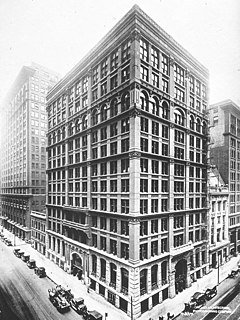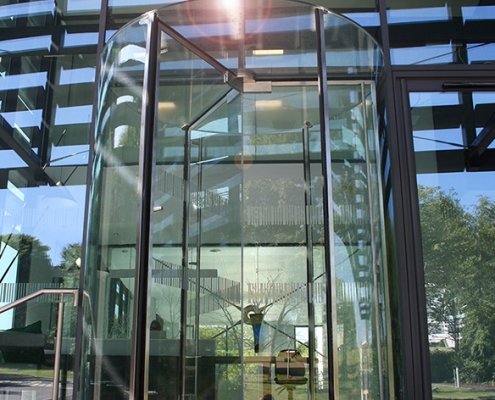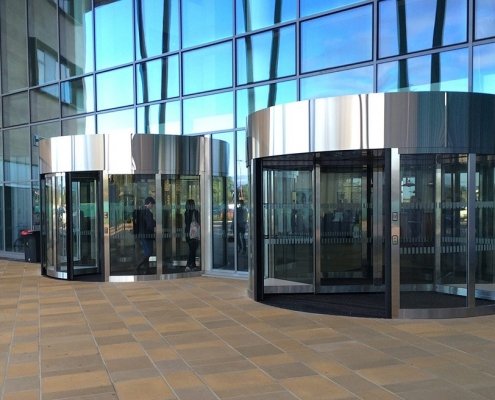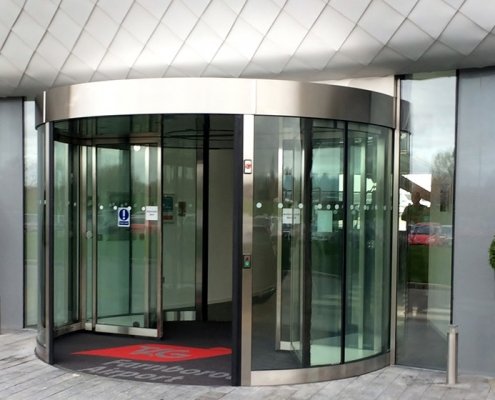The Revolving Door
EA Revolving doors are the combination of precision engineering, high quality materials, excellent durability with a flexible and agile operation. They make buildings work better, people move easier and improve energy efficiency.

The revolving door – Invention to Innovation
From the original simple design, the revolving door has transformed over time to a multi-functional, people flow management solution.
It is now a fully customisable entrance solution that with creative innovation using the latest modern materials, can be integrated into almost all building designs.
The history of the revolving door tells us that the original was of a wooden construction and through manually pushing a wing, it revolved around a central axle shaft. That concept is still how a manual revolving door operates today, however the choice of materials that it can be made from are much broader.
The methods of how a revolving door is powered and operates has also evolved. You can learn more about each of the different types of revolving door and the technology choices available using the following links
|
|
|
|
The first turn of a revolving door
 Historic records show that Theophilus Van Kannel was the first to apply for a revolving door patent in 1888 for an invention that he described as a Storm-Door Structure. The patent also stated that his revolving door helped alleviate several problems associated with conventional doors.
Historic records show that Theophilus Van Kannel was the first to apply for a revolving door patent in 1888 for an invention that he described as a Storm-Door Structure. The patent also stated that his revolving door helped alleviate several problems associated with conventional doors.
His cylindrical design prevented a fast-moving influx of cold air entering into warm heated buildings on cold, windy days and therefore served as a type of airlock.
It was soon proved that his revolving door design was particularly useful when installed within a new type of taller building, known as the skyscraper.
In 1885 the first modern skyscraper had been created and built for the Chicago Home Insurance Building. However, with this tall building and the many others that were also built soon after, a common problem arose that had not been anticipated.
Where the pressure differences created by a large column of warm air inside the tall building, and the cold air outside met, it made conventional swing type doors difficult to open or close.
The invention of the revolving door three years afterwards proved to be a significant part of the solution to the skyscraper’s door problems.
The door proved very popular, as moving from the small enclosed space of a revolving door into a lobby made the space seem huge and palatial. This design concept was very appealing to the architects of the day, as much as it is today. This is especially true for large lobbies and impressive atrium’s.
What goes around, comes around – So what has changed?
Since its conception in 1888, the basic function of a manual revolving door has remained the same. By design, with a minimum of two carousel wings always touching the inside of the cylindrical drum wall. A revolving door eliminates drafts and maintains an ambient controlled temperature within a building.
With the exception of high-rise skyscraper buildings. For many years the revolving door was specified and chosen mainly as an inclement weather door solution.
However, with recent climate change awareness, we have understood the need to conserve valuable resources and be energy efficient. It is just as important to keep conditioned cold air inside the building in warmer climates, as it is to keep warm air within a building in colder climates.
The revolving door has therefore become the popular choice in all climates, and they are installed within all types of buildings, worldwide.







